Though the locomotives and rolling stock have been gone for decades, ghosts of the Mann’s Creek Railway still inhabit the area. Let’s explore them, but first a word of caution if you choose to visit: Copperheads and eastern timber rattlesnakes inhabit the area traversed by the Mann’s Creek Railway. Though neither is aggressive by nature, they don’t like to be stepped on. If you visit during summer months, wear boots and long pants, and watch where you step!
Exploring a ghost railroad
The long-abandoned town of Sewell, once the Mann’s Creek Railway’s terminus, is on National Park Service property just outside the park to the west; Clifftop, the railroad’s onetime base of operations, is just outside the park to the east. Near Clifftop, West Virginia Route 41 parallels the old right-of-way for a half mile as it bypasses the town; the cinder ballast is still obvious just west of the Mann’s Creek road crossing near the Route 41 upper intersection with Clifftop Loop Road.
Within the park, the road past the oft-photographed Glade Creek Gristmill is actually the railroad’s Landisburg spur, which connected a large band sawmill with the mainline from 1910 until the park was created in 1933. This road, known today as Old Sewell Road, continues on the Landisburg spur past the cabins and a locked gate to the intersection with the park’s Narrow Gauge Trail, which is actually the railroad’s mainline upgrade to Clifftop.
After about a quarter mile, Narrow Gauge Trail crosses Glade Creek on a swinging bridge built on the piers of the railroad’s longest stream crossing, Tank Trestle. Beyond the bridge, the trail follows the mainline above Mann’s Creek Gorge for about a mile and a half, almost to Clifftop; along this stretch, ties, lumps of coal, and two pushcart wheel-and-axle assemblies are still obvious.
Downgrade from the Narrow Gauge Trail, Old Sewell Road follows the mainline another four miles to the onetime site of the town of Sewell. About 2.5 miles down the road, a sawmill boiler used as a water tank for the railroad’s Shay locomotives rests just downhill near Flannagans Branch. Nature has reclaimed most of Sewell. However, beehive coke ovens once fed by coal hauled by the Mann’s Creek Railway still line the CSX main line along New River; and you can find ruins, rusting machinery, and massive stone retaining walls.
Sewell is a difficult place to reach. Perhaps the best way to see the ruins is to ride Amtrak’s Cardinal through the New River Gorge; Sewell is about seven miles north (CSX timetable west) of Thurmond, which is a flag-stop, and about 30 miles south (CSX timetable east) of Montgomery.
If you’re riding westbound Amtrak No. 51, stake out an uphill-facing window and start watching as soon as the train passes Thurmond. If you’re riding eastbound No. 50, the train will pass two large dams, the first (Kanawha Falls) 10 miles from Montgomery and the second (Hawks Nest) another nine miles beyond the first. Just beyond the second dam, one main diverges from the other on a bridge. Normally, train 50 crosses the bridge and the river will be on your right; in that case, choose an uphill-side seat. If the train does not cross the trestle and the river is on your left, find a window on the river side. Sewell will be about 12 miles, or 11 minutes, beyond the second dam.
No matter which train you’re riding, 193 coke ovens once stretched for nearly a mile along the CSX mainline at Sewell, and most are still there; in daylight, they will be obvious. If you’re observant, you’ll also see the stone walls of the Sewell pump house in a forested glade below track level and those of an engine house above the track on the hillside.
Even if you still doubt the existence of ghosts, you have to admit that the Mann’s Creek Railway is a real presence in and around Babcock State Park even after more than 50 years. Less obvious are the more ethereal remnants. Though the years have taken a steady toll, some former Mann’s Creek Railway employees and their relatives still live in and around Clifftop. Most are more than willing to talk about old times. Their reminiscences are, perhaps, the most important, vital remaining evidence of the Mann’s Creek Railway.
ALAN D. BYER is a freelance writer in Baltimore, Md.





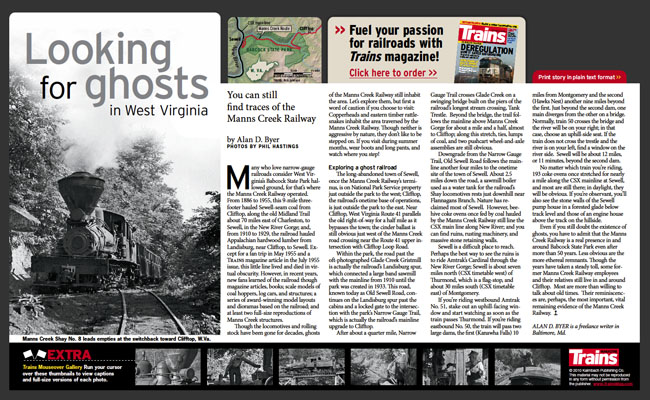

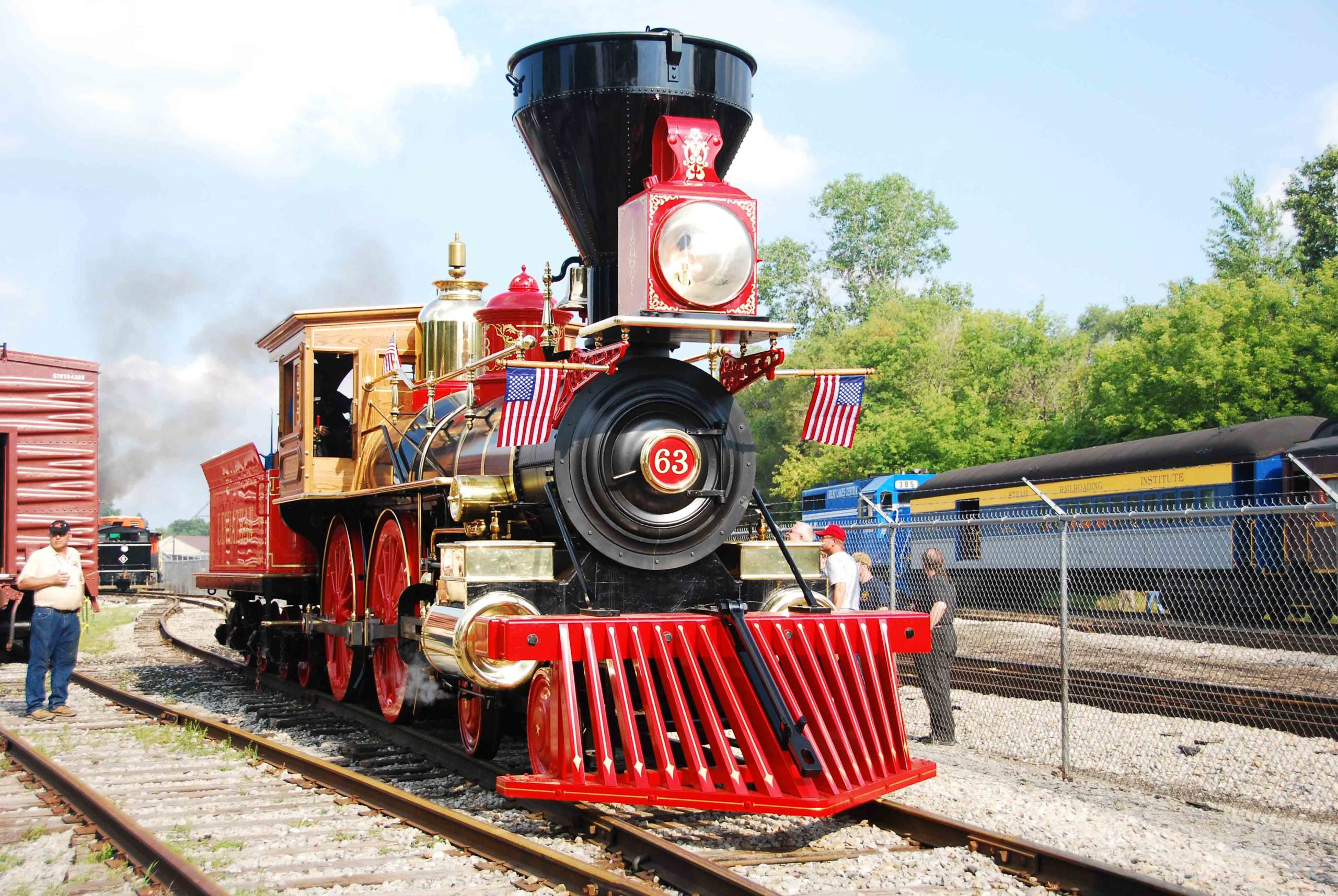
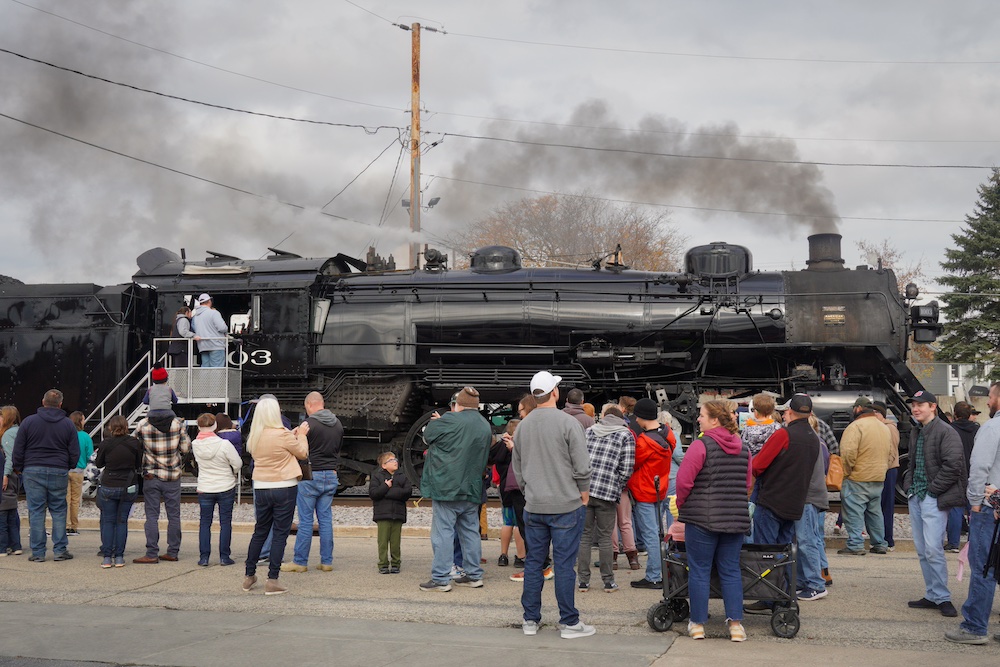
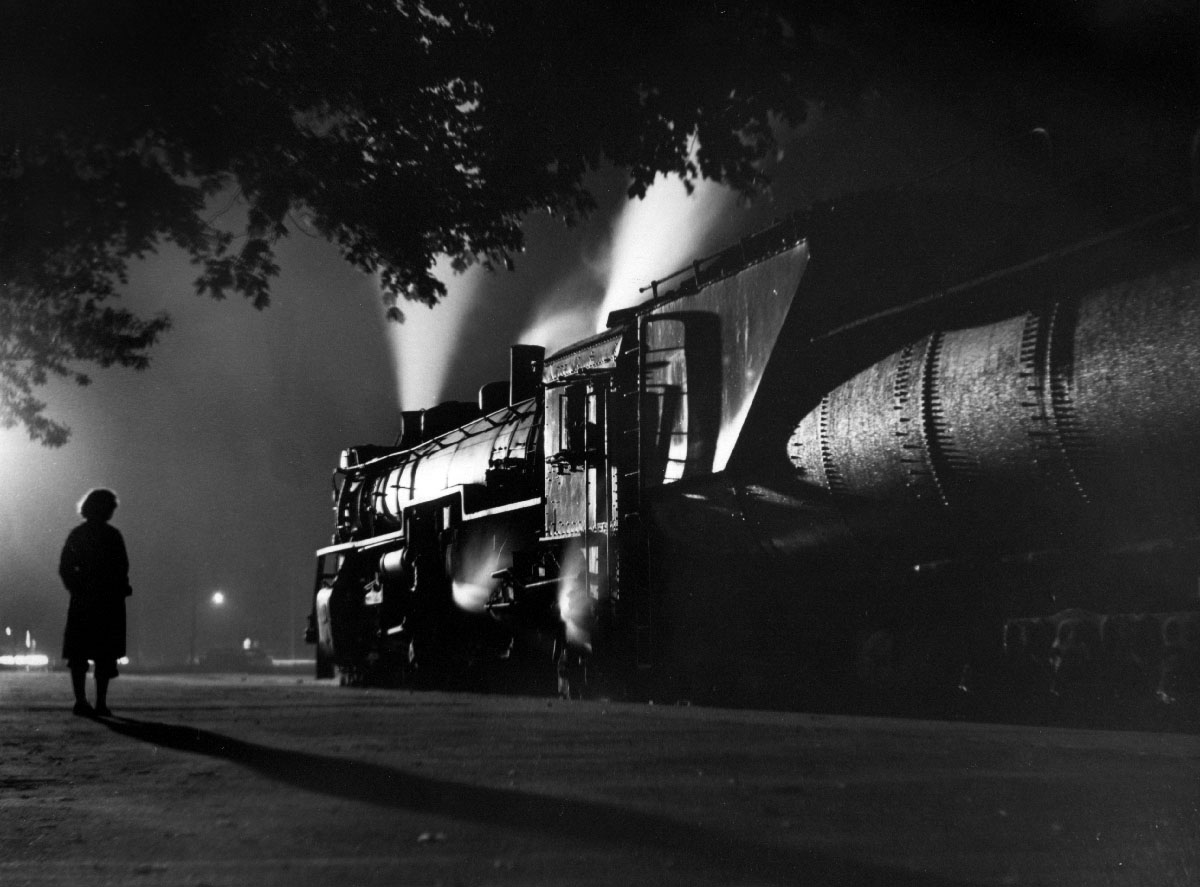
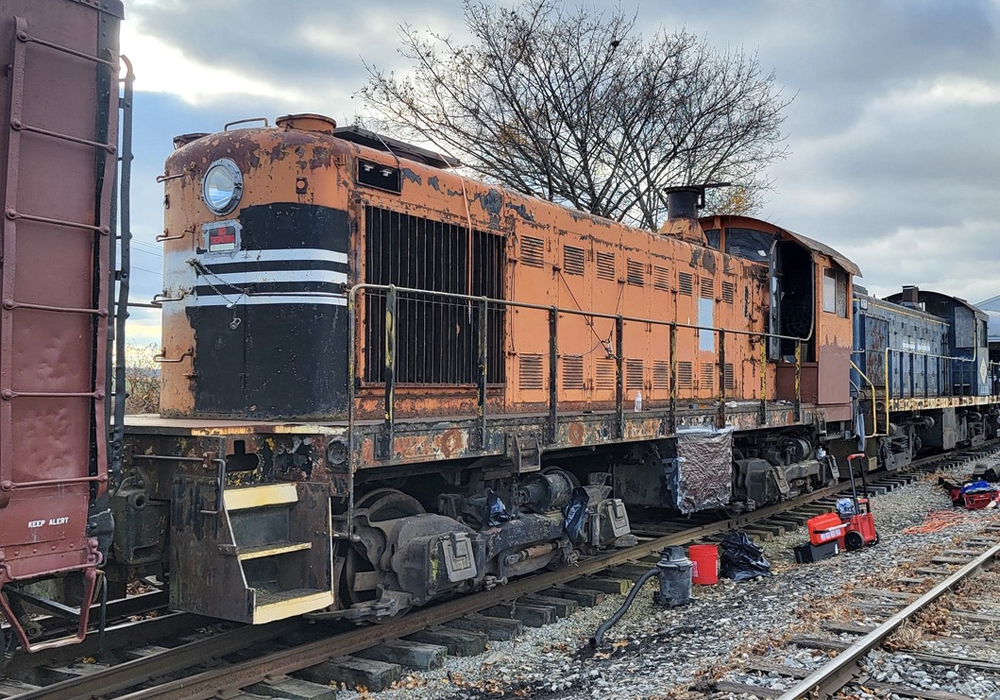




My family & I rented a cabin in Babcock State Park in the mid 1950’s. It was summer and my Dad & I found the tracks while walking in the woods. Snakes were warming themselves on the rail and we moved very carefully. We could hear the train coming down the mountain and as it came by we stood aside. The train stopped And the conductor invited us to ride down in the little shanty caboose. We got off at Sewell while the train passed over the coal cleaning trestle dumping its little wooden hopper cars They had no wit hoses or brakes, only the weight of the Shay engine kept the train in control. When the train was empty, we boarded the shanty caboose and the engine pushed the train bsck ipbsvk up three mountain. I’m guessing about
I wrote a song about the Manns Creek Ghost Train.https://www.youtube.com/edit?o=U&video_id=Vz65G5N5QK4